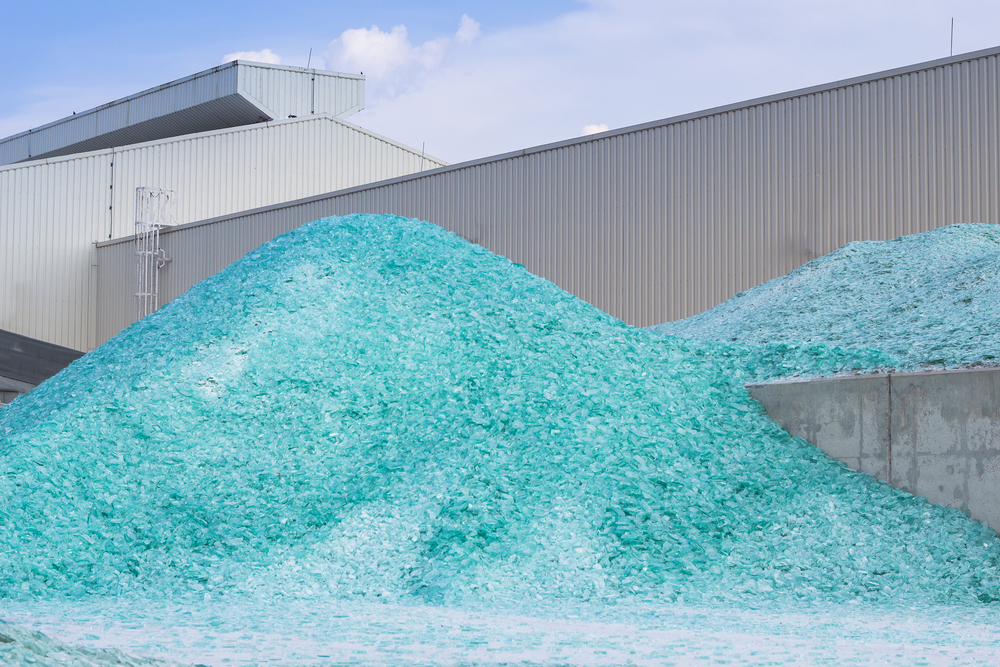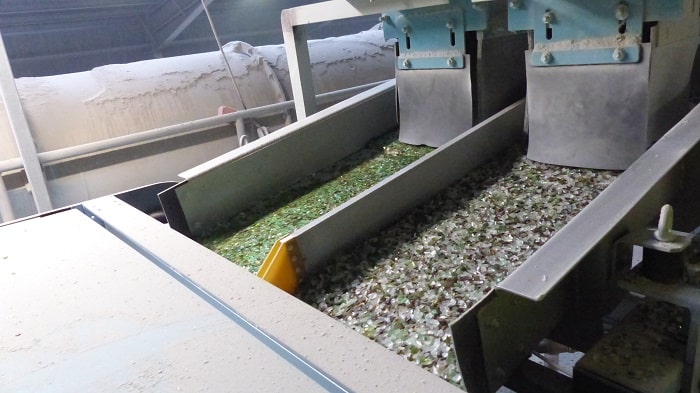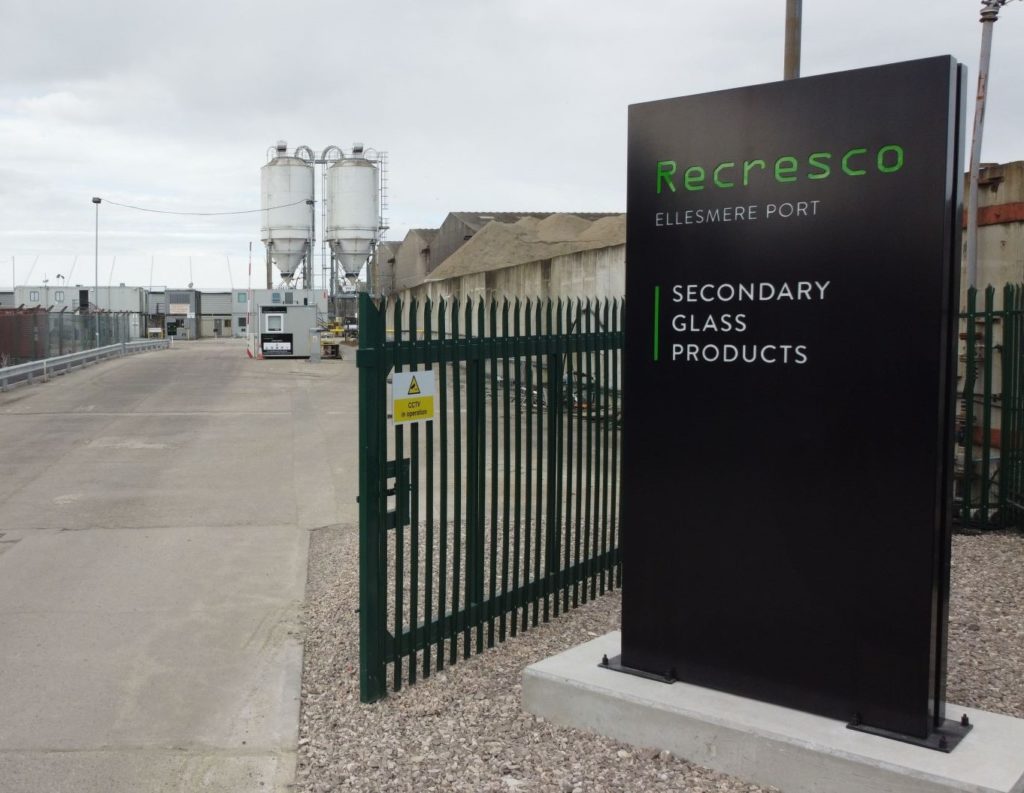Last year, the amount of glass recycled into new containers dropped for the first time since 1977. This drop from 587,000 in 2001 to 537,000 tonnes in 2002 was seen as resulting from increased competition for glass from alternative markets like aggregates and water filtration.
But Andy Hartley of the British Glass Manufacturers' Confederation told letsrecycle.com this week that glass container manufacturers must work together with alternative glass markets to increase the overall amount of recycled glass being collected rather than competing against each other for the limited amounts of glass currently available.
The glass container industry is dependent on how much used glass councils and private companies collect. It says it could use up to 1.1 million tonnes of recycled glass each year, but it needs more clear glass than amber or green. In order to collect that amount of used glass, it estimates bottle banks must double, kerbside collections quadruple and commercial collections increase five times. But because the UK generates more waste green glass than other colours, there will always be a surplus collected by bottle companies which they cannot use, but aggregates companies can.
Mr Hartley said the bottle industry was already a major supplier of the aggregates industry with excess green glass, and this will increase when the industry reaches its expected 2008 European target of recycling 60% of glass packaging waste. This, at 1.3 million tonnes, will leave it with an excess of about 350,000 tonnes of green glass it will be keen to pass on to aggregates or other industries. He urged this partnership to continue. “If we go forward with that sort of balanced approach, we'll win. If we continue to fight over the same glass, we'll both lose.”
Aggregates
The aggregates industry is keen to work together, Mr Hartley said, to the point where some companies have swapped the contents of their mixed collections – which can contain 50% clear glass, the most valuable to glass makers, with green glass collected by the container industry. “Some aggregates companies are now saying to collectors they don't want clear or mixed glass, but only green glass,” Mr Hartley said.
Richard Bird, executive officer for the British Aggregates Association, said: “We'd; be happy to look at working more closely with glass companies. If they have got any glass we could use and we've got any glass they really want, I am more than willing to go along with exchanges providing it doesn't hurt commercially. There is no difference between green, white and mixed glass for us.”
Councils
British Glass spent summer 2003 pushing the message that if councils increase collections, there will be enough glass for all, at a series of conferences.
Mr Hartley said the focus was on increasing kerbside, bring bank and commercial collections generally, whether of mixed or colour separated glass. He admitted mixed glass is much harder for bottle and jar makers to deal with, but he insisted that mixed collections were better than nothing.
“The ultimate aim is to get more glass collected generally,” Mr Hartley said. “We have tried to make local authorities understand the markets are there and they're strong markets – giving them the confidence to collect more.”
Continued on next page…








Subscribe for free